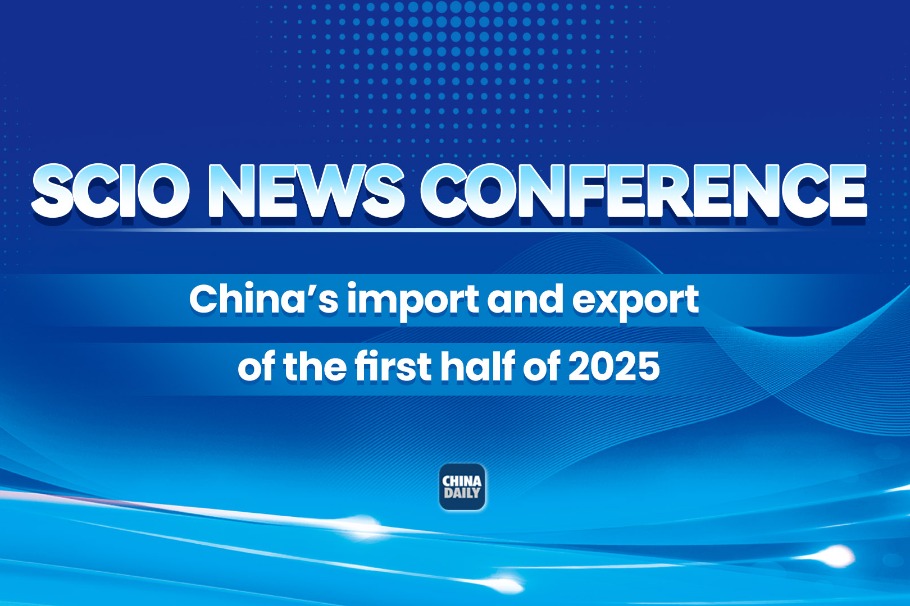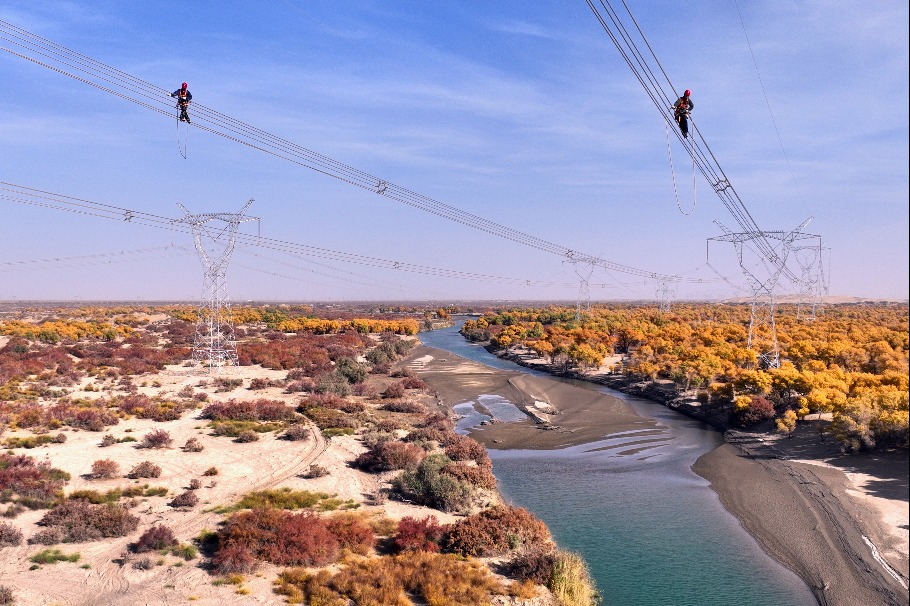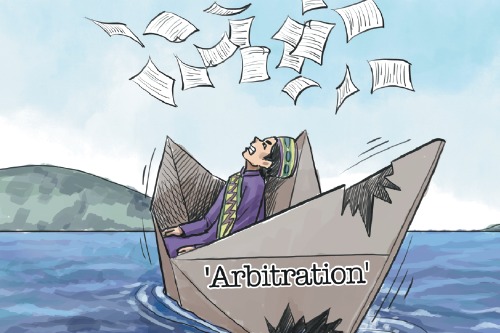Calling creditors
Resolution of current developing country debt problems needs more creditor participation

Resolution of current developing country debt problems needs more creditor participation

In 2022, many developing countries and emerging economies faced a much higher risk of defaulting on their debts. In the first five months of this year, 15 emerging economies and developing countries have already experienced sovereign debt downgrades. The International Monetary Fund warns that six in 10 low-income countries and three in 10 emerging market economies are at risk of debt default. Most countries are on the eve of sovereign default or debt restructuring. Five countries — Lebanon, Sri Lanka, Suriname, the Bolivarian Republic of Venezuela and Zambia — have become de facto debt defaulters. Three other countries, Ethiopia, Chad and Mozambique, are in the process of restructuring their debt under the G20 Common Framework. Governments of low- and middle-income countries need to spend up to 14 percent of their fiscal revenues on external debt servicing, four times more than in developed economies. High debt financing costs are severely hampering the post-pandemic recovery process in developing countries and limiting their ability to cope with future shocks, with a growing risk of concentrated defaults in the future.
The current debt crisis is facing new circumstances that are very different from those of previous rounds of debt crises. First, a trio of global macro factors have directly contributed to the debt distress of developing countries, resulting in their inability to bail out. The first factor is that US monetary policy has entered a tightening cycle, which is likely to reverse the global economic recovery, especially through the appreciation of the US dollar against other currencies, triggering a balance of payments crisis in developing countries, increasing the amount of dollar-denominated debt in the external debt of developing countries, so that developing countries face higher borrowing costs. The second factor is the rise in the prices of some commodities; the developing countries with a relatively high proportion of food and energy imports suffered a serious negative impact. Currently, gas, wheat and oil prices are returning to pre-war levels, but there is still a great deal of uncertainty about the extent to which the continuation of the crisis in Ukraine will affect future commodity price trends. The third factor is that most developing countries have not yet fully recovered from the COVID-19 pandemic, and the high level of debt incurred in response to the pandemic has not yet been effectively addressed.
Second, the structure of creditors has changed dramatically, with a significant increase in the proportion of commercial creditors. A total of 90 percent of public debt of the 37 countries participating in the Heavily Indebted Poor Countries Initiative in 1996 was attributed to official creditors, including multilateral development banks and bilateral creditors. In 2022, the proportions of MDBs (multilateral development banks), bilateral creditors and commercial creditors in the public debt of the aforementioned countries will be 30 percent, 24 percent and 46 percent, respectively. The proportion of commercial creditors' claims has increased significantly and must be included in debt disposal negotiations in order to fundamentally resolve the debt distress currently faced by debtor countries.
Third, the G20 Debt Service Suspension Initiative and the Common Framework are important multilateral debt disposal mechanisms, but they face many challenges. The DSSI, which serves to mitigate liquidity risks, has now come to an end, requiring all debtor countries to repay $12.9 billion in principal and interest over the next three years. The Common Framework, on the other hand, aims to achieve a rapid and orderly debt restructuring, but there are few applicants yet for reasons such as fear of sovereign rating downgrades and impact on subsequent financing in the financial markets. In addition, the Common Framework has not yet formed a linkage mechanism with multilateral and commercial creditors to jointly deal with debtor countries' debt issues under the principles of comparability and fair burden sharing.
In order to deal with the above-mentioned three new situations, the international community should work together to create a suitable environment for developing countries to solve their debt liquidity crisis and solvency crisis.
First, major developed economies should implement responsible macroeconomic policies to maintain a stable international development financing environment. Macro policy coordination must be strengthened among different economies to maintain the global development financing environment and avoid the outbreak of systemic debt crises. Developed economies should further provide debt relief assistance to debtor countries, and the international community can provide various debt relief tools for developing countries by increasing the capital of MDBs, promoting the reasonable reuse of Special Drawing Rights and participating in the G20 Common Framework, etc. The G20 can play a bigger role in fiscal and monetary policy coordination among members to help to maintain a stable and predictable international macroeconomic environment.
Second, a reasonable way for commercial creditors to participate in debt treatment negotiations must be found as soon as possible. The composition of commercial creditors in debtor countries has gradually changed from predominantly commercial bank loans to predominantly commercial bondholders since the 21st century. During the HIPC and Multilateral Debt Relief Initiative periods, both the decision point and completion point of debt negotiations required 80 percent creditor participation for debt forgiveness. Comparing this to the current situation of the vast majority of debtor countries, few debtor countries have been able to complete debt negotiations in the absence of commercial creditors.
Commercial bondholders are more numerous than bilateral creditors and multilateral development banks, and there are no clear international legal norms about the participation of commercial creditors in debt negotiations. For this reason, the international community must solve the collective action problem, coordinate negotiation timing and negotiation costs, and construct a new negotiation platform and negotiation rules based on the principles of comparability and fair burden sharing.
Third, further promote the construction of a debt negotiation platform covering the participation of all types of creditors. The current creditor structure determines that the solution of debt problems must be jointly resolved by bilateral creditors, MDBs and commercial creditors. In terms of bilateral creditors, the Common Framework proposed at the G20 platform agrees on the principle of fair burden-sharing among official bilateral creditors, taking into account the interests of creditors and debtors. The Common Framework can also absorb and learn from the past experience of the Paris Club in debt disposal negotiations, and the cooperation of the two mechanisms may further leverage and attract MDBs and commercial creditors to participate in debt treatment negotiations of debtor countries.
The author is an assistant researcher at the Institute of World Economics and Politics at the Chinese Academy of Social Sciences and deputy chief of staff at the National Institute for Global Strategy at the Chinese Academy of Social Sciences. The author contributed this article to China Watch, a think tank powered by China Daily.
Contact the editor at editor@chinawatch.cn.
































